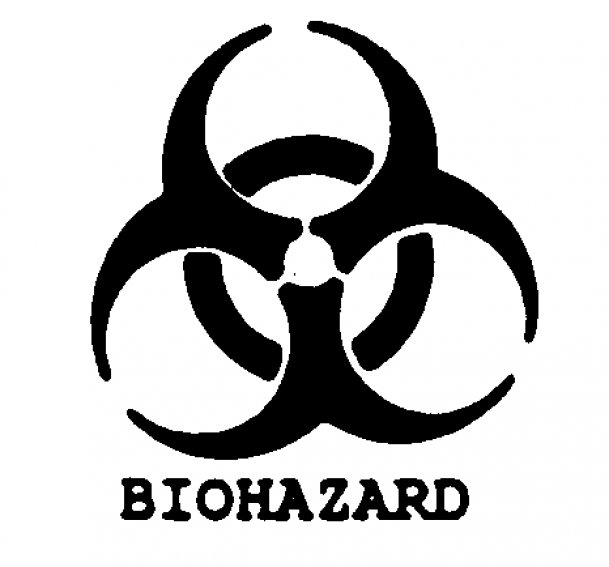Bio-medical waste

BIO-MEDICAL WASTE
All human activities produce waste. We all know that such waste could even be dangerous and needs safe disposal. Waste coming from industries and from sewage and agricultural waste pollute water as well as soil and air also. It can also be dangerous to citizenry and environment. Similarly, hospitals and other health care facilities generate many waste which can transmit infections, particularly HIV, hepatitis B & C and Tetanus, to the folks that handle it or are available contact with it.
India generates around three million tonnes of medical wastes once a year and thus the quantity is predicted to grow at eight per cent annually.
Types of Bio-medical waste
Bio-medical waste means “any solid or liquid waste including its container and any product, which is generated during the diagnosis or treatment or immunization of any human being or animals or research activities or within the assembly or testing of biological or in health camps.
Biomedical waste poses hazard because of two principal reasons – the first is infectivity and other toxicity.
Bio Medical waste consists of
• Human beings internal body parts like tissues, organs and body parts
• Animal parts being infected or generated during research from veterinary hospitals
• Waste sharps like needles, syringes, scalpels and broken glass of the apparatus being infected.
• Discarded medicines and cytotoxic drugs
• Soiled waste like dressing, bandages, plaster casts, material contaminated with blood, tubes and catheters
• Liquid waste coming from any type of infected areas
• Disposal by burial is permitted only in rural or remote areas where there is no access to common bio - medical waste treatment facility. this might be administered with prior approval from the prescribed authority and as per the Standards . The deep burial facility shall be located as per the provisions and guidelines issued by Central Pollution instrument panel from time to time.
Segregation
Segregation refers to the essential separation of varied categories of waste generated at source and thereby reducing the risks also as cost of handling and disposal. Segregation is that the foremost vital step in bio-medical waste management. Effective segregation alone can ensure effective biomedical waste management.
How does segregation help?
o Segregation reduces the number of waste needs special handling and treatment
o Effective segregation process prevents the mixture of medical waste with the general municipal waste or day to day household waste.
o Prevents illegally reuse of certain components of medical waste like used syringes, needles and other plastics.
o Provides an opportunity for recycling certain components of medical waste like plastics after proper and thorough disinfection.
• Recycled plastic material are often used for non-food grade applications.
• Of the general waste, the biodegradable waste are often composted within the hospital premises and should be used for gardening purposes.
• Recycling could also be an honest environmental practice, which can also double as a revenue generating activity.
• Reduces the worth of treatment and disposal (80 per cent of a hospital’s waste is general waste, which does not require special treatment, provided it isn't contaminated with other infectious waste)
Storage
Once collection occurs then biomedical waste is stored during a correct place. Segregated wastes of varied categories need to be collected in identifiable containers. The duration of storage shouldn't exceed for 8-10 hrs in big hospitals (more than 250 bedded) and 24 hrs in nursing homes. Each container could even be clearly labelled to means the ward or room where it's kept. the rationale for this labelling is that it's getting to be necessary to trace the waste back to its source. Besides this, cargo deck should be marked with a caution sign.
Transportation
Waste should be transported or transferred for treatment either in trolleys or in covered vechiles or trolleys. Manual work should be avoided as far as for as possible. the bags / Container containing BMWs should be tied properly before transportation. Before transporting the bag containing BMWs, it should be accompanied with a signed document by Nurse/ Doctor mentioning date, shift, quantity and destination.
Submitted by - Udita Rishabh
Amity Law School, Amity University Lucknow